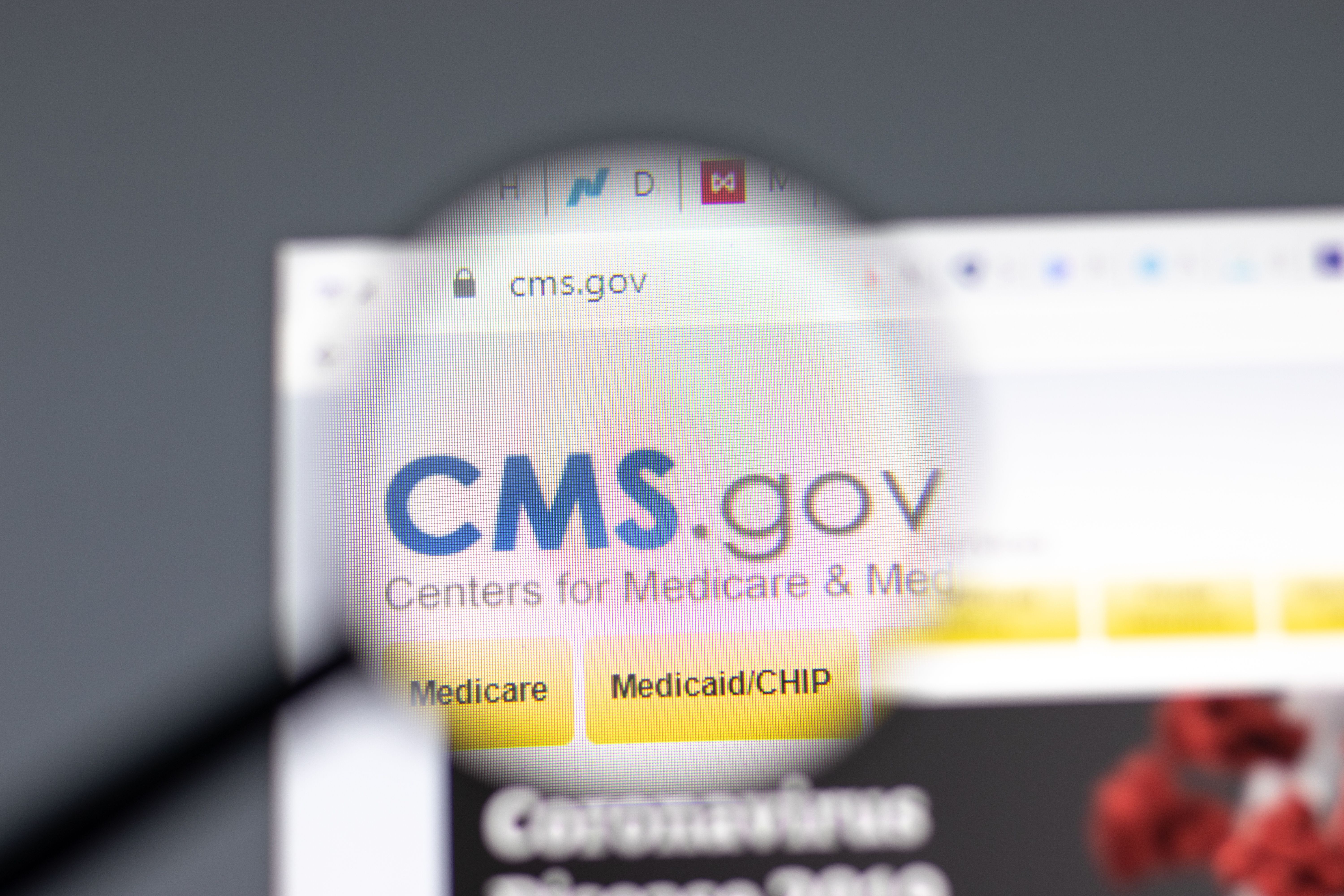Video
Multidisciplinary Approach: Managing CDK4/6 Inhibitors
Kate Jeffers, PharmD: At our facility, we have a multidisciplinary team that interacts with these patients. So our oncologist or attending obviously does the initial prescribing, the diagnosis, the plan of care. Our APPs [advance practice providers], either our NP [nurse practitioner] or our PA [physician assistant] then typically do the follow-up visits. We try to do a 1:1 or 2:1 kind of appointment scheduling, just making sure that we’re really able to follow up on the patient appropriately. Our nurses are very involved, especially from a triage perspective and an adverse effect management perspective. And then the pharmacists on the team, we review the initial prescription before it goes off to the pharmacy. We actually are the ones that release that prescription once the physician has signed off on it, and we’ve checked for any drug interactions and appropriate dosing for liver or renal functions.
Some of the best practices that we found within our practice specifically include establishing adherence and toxicity monitoring for patients. So we have been able to work with our electronic medical record team to set up alerts within the system. Every time a patient comes into the clinic, they actually get a pop-up, the medical assistant, when they’re rooming the patient, telling them that they’re on an oral chemotherapy agent and need to seek a nurse to really be able to do an adherence and toxicity assessment with that patient.
This is the same idea like we would think of in the infusion center, right? The patient comes in. You’re going to ask them how they’re feeling. You’re going to ask them what adverse effects, what symptoms they’re having before you give them more IV [intravenous] therapy. We kind of took the same approach with oral therapies, just in the doctor’s office instead of in the infusion center. We also have a trigger built in to the medical record about 10 days after the medication is released. It’s for the nurses to call the patient and make sure that they’ve got the medication, ask how they’re doing, if they’re taking it, if they’re having any adverse effects already, and really to do some follow up with re-education and enforcement of what was initially taught in the education visits.
So those are some of the things that I think are really important to help keep patients on therapy, that early identification of side effects and early management of side effects. Regardless of how many times in an education visit we tell patients, “If you’re having X issue, call us,” it never fails that they don’t call us. And so that initial kind of 1-week trigger, we gave the 10-day lead time to be able to get the medication from the pharmacy for the mailing or prior authorization, whatever it may be, and so really kind of a 1-week follow-up phone call. And then we do try to get these patients in for a visit about a week to 2 weeks, depending on the medication, after they start therapy. But really, we use that initial phone call as that first touch point to identify any issues early and then hopefully determine if we need to get a patient in even sooner or if we’re having trouble getting the medication.
So we’ve assumed the patient is started on the drug, but really they can’t afford the co-pay and they haven’t called to tell us that, and the pharmacy hasn’t told us for whatever reason. And so we’re able to identify some of those issues earlier on than in 3 months, or 2 months, or 1 month, or whatever it is when the patient finally comes back to clinic and we say, “Oh, how have you been doing on your medication in the past few months?” “Oh, I haven’t started it,” which is never a great office visit.
Things that I think are challenges though are really the management of these medications in general. So all of the stuff that we’ve talked about is a lot of man hours. It takes a lot of work and a lot of staff, and it’s a completely different way of thinking. In the IV room, or the infusion room, the patient is right in front of you. You can do all of this while you’re doing all of the other things you need to do to hook them up to the IV.
This is a completely separate thing, and you have to rely on calling the patient, hoping that they answer. And if they don’t, that they call you back. Or you have to continue to follow up with phone calls. And so all of that can be time consuming. And that’s probably one of the issues that we hear the most from staff, is that all of this takes a lot of time. And we try to script it in a way that this is the best thing for patient safety, and it’s the best thing for patient care. We are really trying to remind them of all of the times that they’ve identified something because of these triggers. And that usually gets them to kind of refocus on why we’re doing it and why it’s so important. But it all takes a lot of time and it takes a lot of staff and manpower.
After we’ve done the education visit, we continue to support the nurses with any of those follow up phone calls. My partner and I try to be the ones that make those phone calls, but with the number of plans that are entered every day and the number of patients we have on oral therapy, sometimes it’s hard to do that. And so we really do rely on that multidisciplinary nursing and pharmacy team approach to help manage these patients. We also support patients when they come back for those follow-up visits. We’ll do some of those adherence and toxicity checks in the office, and, if a patient is having issues, the providers will often pull us in to do re-education or to help with supportive care management. “The patient’s tried X. It’s not working. What else can I do?”
So we do more kind of behind the scenes, I would say, in that kind of follow-up management strategy. If the patient is doing really well, we’re definitely more behind the scenes. If the patient is having an issue, then we’ll have a lot more face time with the patient. I think if I had all of the time in the world, I would see every single one of these patients every time they come in and really help focus on all of those nuances or issues that they’re having to really help the patient optimize their therapy. But there are only so many hours in the day, unfortunately.





